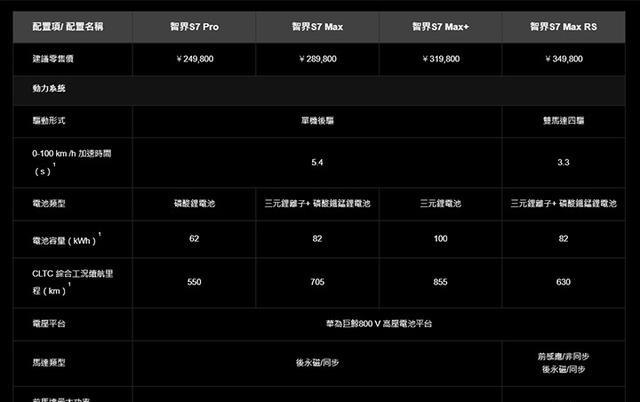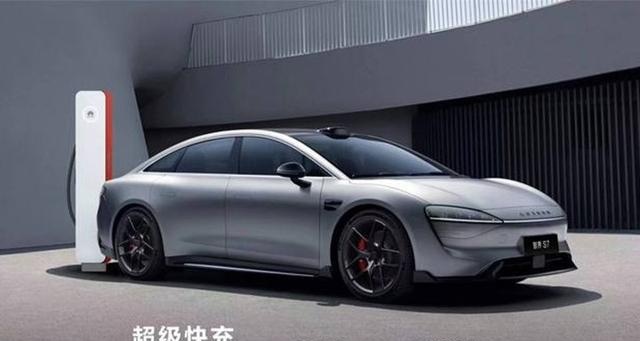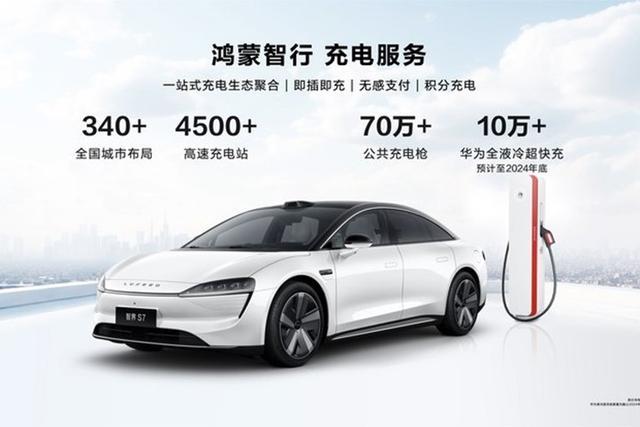Analysis of the battle power of the intellectual S7, wait or rush now?
In addition to the previous cooperation with Celestial Automobile to launch two extended-range electric vehicles, namely, the Wujie M5 and the Wujie M7, Huawei cooperated with the automobile in depth this time. At the Huawei new product launch conference on November 28th, it simultaneously launched the pure electric medium-sized and large-sized car, namely the S7(Luxeed S7, which offered four models in the local area at a price of RMB 249,800 ~ 349,800, and received 20,000 orders before listing.
The new car adopts Huawei Giant Whale battery platform with 800V high voltage, and also has 800V DriveONE silicon carbide motor. The maximum horsepower of the 82kWh dual-motor model is 496 horsepower, the CLTC battery life is 630 kilometers, and the static acceleration breaks through 100 kilometers for 3.2C seconds. The CLTC battery life of the 100kWh single-motor model is up to 855 kilometers, and it can complete 30%~80% fast charging in 15 minutes, making up 430 kilometers battery life, and charging rate.
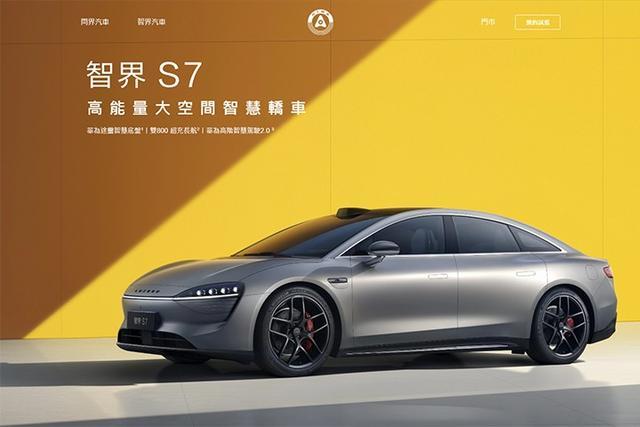
Huawei Technologies has been actively deploying in the automobile industry recently, which can be said to be different from Xiaomi Technologies, which has also entered the automobile industry and has just been revealed that it will launch Xiaomi SU7. However, Huawei adopts the alliance mode of cooperation with many car manufacturers. Previously, Huawei cooperated with Seres Celes of China to launch the car brand "Aito Jiejie", and the Jiejie brand launched the medium-sized SUV Jiejie M5 and the large SUV Jiejie M7 respectively, both of which are extended-range electric vehicles. Huawei has also set up a new joint venture company, inviting Auto, Celestial, Automobiles and Automobiles to take shares, which is mainly used to lead the development of smart car platform in China.

Huawei not only cooperated deeply with Celestial Automobile to launch the brand "Aito Wonderland", but also cooperated with Automobile to set up another new brand "Luxeed Smartland", both of which are members of Huawei’s Hima (Harmony Intelligent Mobility Alliance). The debut of Zhijie brand is the pure electric medium-sized and large-sized car of Zhijie S7, which debuted at Huawei’s new product launch conference on November 28th, 2023.
Zhijie S7 is divided into four models: Pro, Max+ and Max RS, and the price is RMB 249,800 for Pro, RMB 289,800 for Max, RMB 319,800 for Max+ and RMB 349,800 for Max RS respectively. More than 20,000 orders were received before the listing on November 28th.
Zhijie S7 is 4,971×1,963×1,474mm in length, width and height, and 2,950mm in wheelbase. It emphasizes that the dimensions are on a par with those of Model S, Mercedes-EQ EQE, Porsche Taycan and BMW i5, but the drag coefficient is 0.203, which is the lowest among them. Zhijie S7 also comes standard with a set of high-visibility headlights on the roof. In the last stage of the car body design, a closed front was adopted, and the sharp headlight groups on both sides were connected through the central Luxeed factory emblem and through-going light bars. The vent below also integrated millimeter-wave radar and active opening and closing grille.
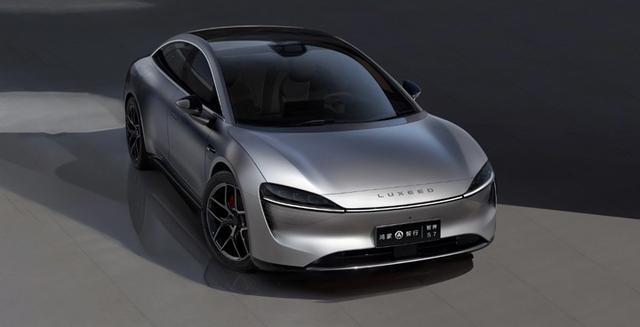
The car side S7 adopts a streamlined coupe shape similar to EQE, and has a window frame-less configuration. The whole car system also comes standard with automatic suction doors, and the car side has a retractable hidden door handle. Max RS of the top gauge includes front and rear spoiler, rear carbon fiber tail, side spoiler, rear diverter, and even equipped with 21-inch forged wheels, red Brembo calipers and FNC perforated brake discs.
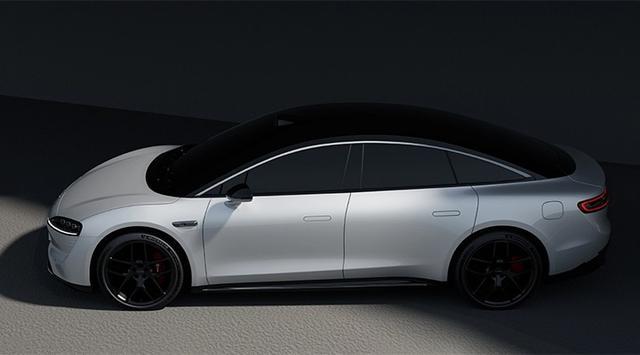
For the rear of the car, S7 can be equipped with a black contrasting roof according to the model. The new car also offers five car colors: warm nebula, azure blue, frost moon silver, gold-plated black and ceramic white. S7 roof is also equipped with a panoramic glass roof of 2.6 square meters, and both the glass roof and the rear windshield are double-layer silver-plated heat insulation glass. The original factory claims that its infrared blocking rate can reach 98.3%. There is a penetrating LED taillight at the rear of the car, and the trunk is not opened in one piece. The Luxeed factory emblem is also centered and echoed.
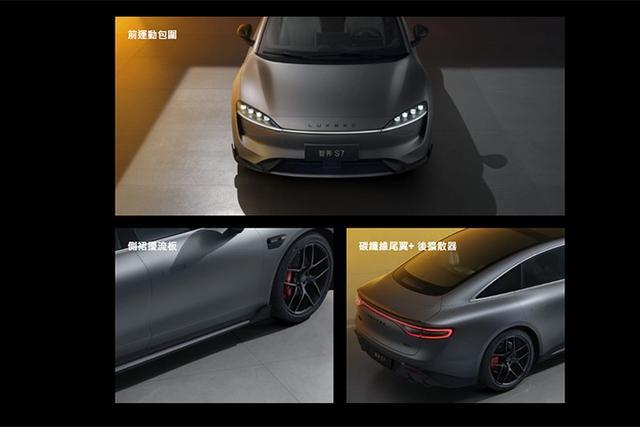
In the interior part of the car, S7 emphasizes the design concept of embracing yacht cockpit, with a flat front deck instrument panel and zoning function design, emphasizing that the driver and the co-pilot have their own enjoyment. S7 uses a 12.3-inch floating digital instrument and a 15.6-inch central touch screen in the driving interface, and is equipped with the HarmonyOS OS4 car system developed by Huawei. It can use Huawei’s mobile phone, project the picture of the mobile phone on the screen, play racing games on the screen, and its voice assistant "Xiaoyi" can also execute vague voice control commands such as "opening a window".

HarmonyOS OS4 car system is equipped with KTV mode, ultra-low delay, KTV, bathroom, music festival, recording studio and other four mixing modes, and the voice song-ordering and song-cutting function has also been upgraded, so that the main driver can easily sing. S7 also provides a Huawei Sound sound system, which has a power of 1,000W and is equipped with 17 speakers and 7.1 around sound stage. It also emphasizes the introduction of Schroeder scattering technology for the first time, so that the sound can cover the cabin more evenly.

S7 uses the design named Olive Sports Steering Wheel on the steering wheel, which emphasizes the inspiration from F1 racing car. The flat storage space in front of the passenger seat can hold daily necessities and cosmetics. The flat design can be turned into a dressing table or a desk with a laptop. S7 also provides the "Queen’s zero-gravity passenger seat", emphasizing the use of 10 layers of comfortable laminated silk cloud seats, with 18-way electric adjustment, 10-point massage and 280mm legs supporting 4-way adjustment. S7 is also equipped with dual 50W mobile phone wireless fast charging in the front row. In addition to the lateral space of the rear seat of 1,537mm and the leg space of 945mm, Huawei MatePad flat plate can be installed behind the front seat, and the flat plate can even be linked with the vehicle.
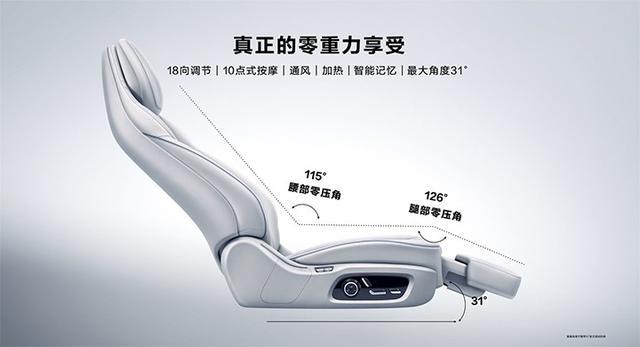
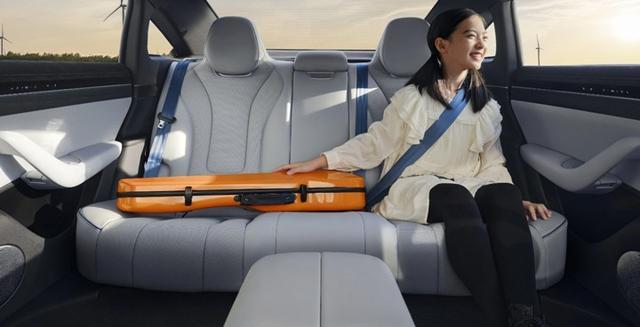
Smart driving assistance is also a very eye-catching part of S7. It is equipped with Huawei’s advanced smart driving 2.0 system, equipped with 1 lidar, 12 ultrasonic radars, 3 millimeter-wave radars and 11 camera sets in hardware, and equipped with GOD general obstacle detection network and RCR road topology reasoning network to provide NCA navigation-assisted driving functions including high-speed and urban rapid road conditions, and will also learn daily commuting routes intelligently. NCA navigation-assisted driving that can be used in urban areas will also be used in 2000.
S7 is equipped with Huawei’s unmanned valet parking function for the first time, which can skillfully complete the operations of courtesy to pedestrians, reversing and avoiding, extreme meeting, automatic parking, automatic pick-up and driving, and even provide the first auxiliary parking function for mechanical parking spaces. This system, called Park-and-Drive Beta, is expected to be gradually opened in cities such as Shanghai, Guangzhou, Shenzhen, Chongqing, Suzhou and Dongguan in the first quarter of 2024.

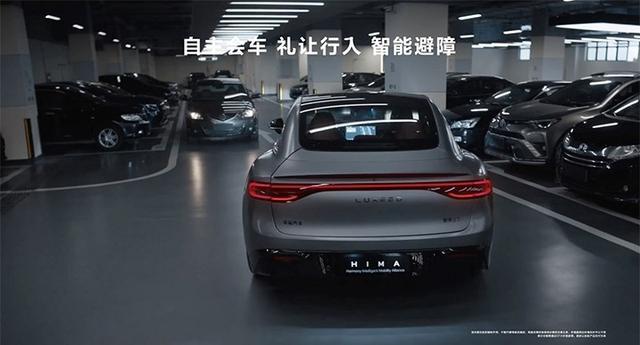
The maximum horsepower is 496 horsepower, and the 800V high-voltage structure is fast charged for 15 minutes to make up for 430 kilometers.
S7 adopts DriveONE 800V silicon carbide high-voltage power platform, emphasizing that the highest efficiency of the motor can reach 98%. Compared with IGBT insulated gate bipolar transistor inverter, the conversion efficiency of the power assembly with silicon carbide SiC inverter is improved by 4.4%, and the maximum speed is 22,000 rpm. All the cars have a rear-axle permanent magnet synchronous motor with an output of 215kW and a horsepower of 292 HP, and the static acceleration of the single-motor model is 5.4 seconds. The only Max RS model with four-wheel drive and two motors also adds a 150kW front-axle AC asynchronous induction motor to the front axle. The maximum horsepower reaches 496 horsepower, and the static acceleration breaks 100 kilometers in only 3.3 seconds. The Max RS model has a braking distance of 33.5 meters. The chassis adopts front double A-arms, 5-link rear suspension, and CDC variable damping shock absorber and pneumatic suspension with 100 times per second adjustment and 4-stage body height adjustment.
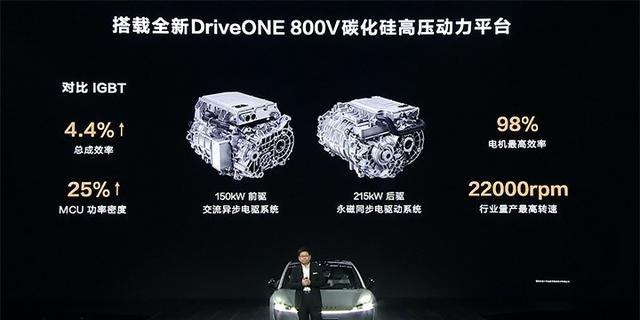
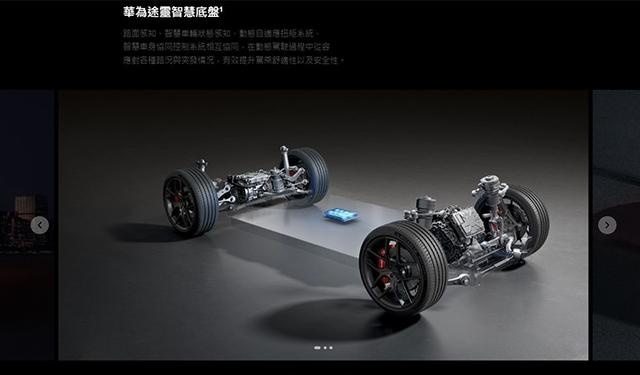
As for the battery pack, S7 also adopts Huawei’s "Whale" 800V high-voltage battery platform, and the battery capacity is 62kWh, 82kWh and 100kWh, respectively, among which the Pro model adopts the LFP lithium iron phosphate battery pack with 62kWh and the CLTC battery life is 550 kilometers. The Max model is 82kWh ternary lithium+lithium iron phosphate battery, and the CLTC battery life is 705 kilometers. Max+ with the largest capacity is equipped with a 100kWh ternary lithium battery pack, and the CLTC battery life is 855 kilometers. As for the only dual-motor four-wheel drive Max RS model in the car, it will be replaced by an 82kWh ternary lithium+lithium iron phosphate battery pack, with a CLTC battery life of 639 kilometers.
Huawei emphasizes that the S7 car has a maximum charging rate of 3.2C under the 800V architecture. For Max+ models, it can make up 215km of battery life after 5 minutes of charging, and 430km of battery life after 15 minutes. The 30%~80% fast charging time indicated by the original factory is 15min, but it has not communicated the highest charging power. HarmonyOS Zhixing also has more than 4,500 high-speed charging stations and 700,000+public charging piles in China. It is estimated that by the end of 2024, HarmonyOS Zhixing’s all-liquid-cooled super fast charging will reach 100,000 guns.
